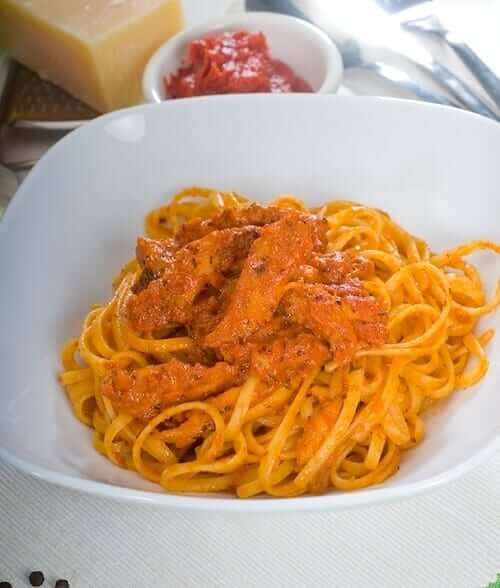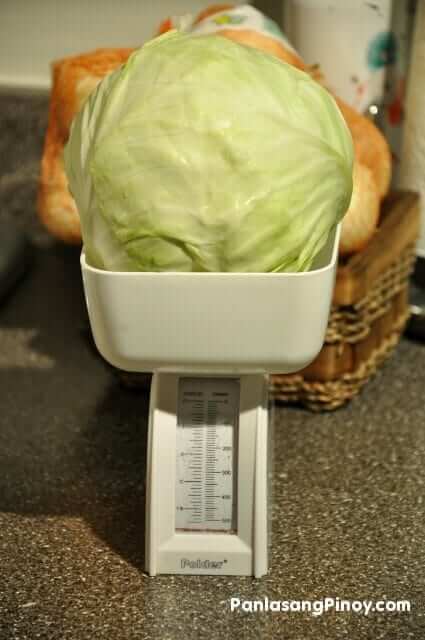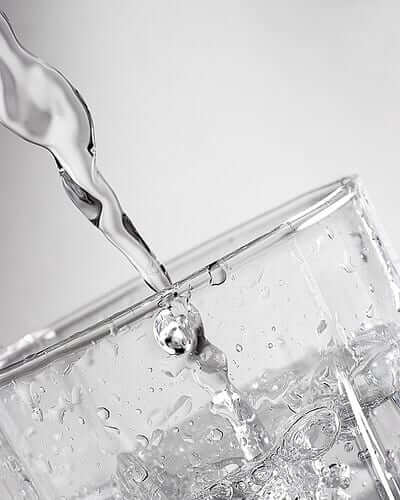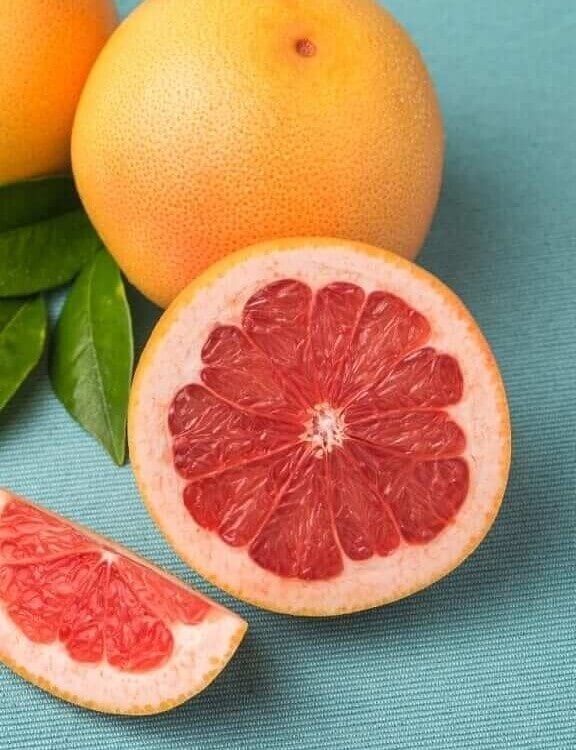How to Lose Weight with Ketosis Diet
Among the many low-carb diets available today, the ketosis diet is considered by many experts to be the crème of the crop. It is a fast weight loss program that promises results in as little as 5 days. The ketosis diet or ketogenic meal plans are more than just about cutting down carbohydrates. The diet…
This post may contain affiliate links. Please read our disclosure policy.
Among the many low-carb diets available today, the ketosis diet is considered by many experts to be the crème of the crop. It is a fast weight loss program that promises results in as little as 5 days. The ketosis diet or ketogenic meal plans are more than just about cutting down carbohydrates. The diet aims to induce a state where your body burns fat naturally, safely and quickly.

What is Ketosis?
Ketosis is a state where the human body burns existing fat because of a reduction in carbohydrate intake. It is considered to be a “fat-burning zone” that can be maintained by making – and sticking to – changes in your daily diet. Although the whole process can be quite complex, the basics are simple.
How the Ketosis Diet Works
The body uses calories from the food you eat to make energy every day. This energy is used for bodily functions and your daily activities. The main source of energy is carbohydrates. This is why people often feel weak when they don’t eat carbs, or feel perked up after eating something sweet.
If you cut out down your consumption of carbohydrates, your body starts looking for alternative sources of energy. When carbs are not available, the body will almost always start burning existing fat for energy first. If you remain consistent in keeping carbohydrates low, and keep burning fat, this is known as the state of ketosis. Note that calories from carbs are reduced from this diet, and it is not similar to VLCDs such as the skinny girl diet wherein overall calories from all food sources are reduced to a minimum.
What Can You Eat on the Ketosis Diet?
The ketosis diet aims to keep your carbohydrate count at less than 50 grams a day. In extreme ketosis diets, it can be as low as 25 grams a day. This means that high-protein foods and those with moderate fats are preferred. Protein foods include eggs, fish, meat and fresh beans. Fatty foods refer to those that contain unsaturated, healthy fat like avocadoes, salmon, olive oil, plain yoghurt and some butter. Green vegetables, a little caffeine and plenty of water are encouraged.
There is no limit on how much protein, fats or vegetables you can eat a day. Try to eat as often as 6 times a day to keep your metabolism busy. Although dieters are often warned to avoid eating too much protein, it is hard to exceed protein intake through food alone.
What Can You Not Eat on the Ketosis Diet?
Foods you should cut out while on the ketosis diet include bread, pasta, rice, processed food, fast food, sweetened products and fruit. Cutting out staple foods is easy, but other foods have hidden carbohydrates and added sugars. Be wary of cereals, processed meats, packaged fish, condiments and flavored water.
How Much Weight Can You Lose on Ketosis Diet?
Many dieters report losing between 5 to 15 pounds in 7 days. It is believed that ketosis only kicks in on the third day of the diet. If you’re not losing any weight, it might be because you are eating foods with too many hidden carbohydrates. The best way to see results is to cook with fresh ingredients and avoid anything canned, baked or packaged.
The ketosis diet is a favorite in the health and fitness world because it encourages healthy diet choices. Dieters are allowed to feast on as much protein, healthy fats and vegetables as they want. On the other hand, carbohydrates are kept low to facilitate quick weight loss. Despite how simple and credible this diet might sound, speak to your physician about it first.



Sally says
I just began the Keto diet yesterday and of course have had to do a lot of research, planning and preparing. The one thing that I just read that is confusing is that you can eat as many vegetables ad protein on this diet, however, my understanding from reading up is that it is a calculated amount based on your calories intake per day given the age and sex. I find, that its difficult to incorporate snacks or spread out 6 meals a day, because the protein content gets used up really fast in the 3 meals a day, and so does carbs even if it is eating vegetables. There is a fair bit of carb content in veggies. What is the correct technique?